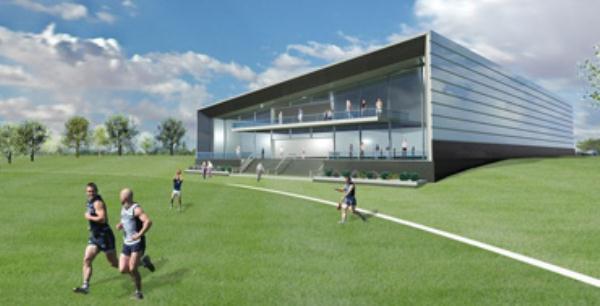
Geelong Football Club’s balance sheet has taken a hit of almost $2 million from the failure to develop a new training centre at Armstrong Creek.
Cats chief Brian Cook revealed the club had shelved its arrangement for Keystone Business Park to provide the $8 million facility.
Mr Cook said Keystone had struck problems developing its industrial precinct.
“In recent times Keystone has experienced longer-than-anticipated delays, resulting in the training venue not yet being delivered and ownership therefore not transferring to the club at this stage,” Mr Cook said.
“This net asset was valued at $1.93 million and has now been written off, in keeping with appropriate accounting practice. Most of this valuation represented the agreed value of Keystone’s sponsorship of the club over the past few years and does not represent the actual cash investment by the club in the project.
“While this outcome is obviously disappointing, the impact on the team’s training and preparation in the short-term is minimal. The club continues to use Simonds Stadium as its central training base.”
Mr Cook said the Cats posted a consolidated net profit of $1.2 million for 2013 from total turnover of $56.1 million.
Membership increased seven per cent to 42,920, while football department spending was up 11 per cent to $21.4 million.
“Our operating profit was just over $148,000 which is down on last year’s operating profit of $331,000”, Mr Cook said.
“Over the past decade the club has invested over $13 million back into Simonds Stadium for stages one to three of the stadium’s redevelopment so far and our debt for stages two to three is currently $4.9 million. While no doubt this is a good investment, our consistent operating profits over many years are not seen in our current bank balance.
“We also continue to invest in feasibility studies for stage four, having spent over $500,000 in that area already.”






